Biography
Lawrence received his PhD in 1941 at Princeton University under the supervision of Dr. E. Glen Wever where the work on vertebrate hearing by Dr Wever inspired Dr Lawrence to undertake the research as a lifelong study. The National Research Council offered him a fellowship that led to a postdoctoral post with Dr. Stacy Guild at the Otolaryngology Department at Johns Hopkins University.
Merle served as a Naval aviator of the US Naval reserve during World War II and was deployed to the South Pacific. He contributed to assignments at the School of Aviation Medicine in Pensacola, Florida and at the Bureau of Medicine and Surgery in Washington, D.C. He held a brief position as a trainer of helicopter piloting during the Korean War.
In 1946, Merle became an Assistant Professor at Princeton University and collaborated with Dr Wever in research. He was appointed as an Associate Researcher at the Lempert Institute of Otology in New York City from 1946 to 1952.
Dr Lawrence joined the Otolaryngology Department at the University of Michigan in 1952 invited by Dr. Furstenberg, Chair of the Otolaryngology Department and Dean of the Medical School. He founded the Kresge Hearing Research Institute in 1963. Under his leadership the institute became one of the largest and most influential centers for research on hearing worldwide. As its first director until retirement in 1983, Merle conducted research on inner physiology

The V-12 Navy College Training Program was designed to supplement the force of commissioned officers in the United States Navy during World War II. Between July 1, 1943, and June 30, 1946, more than 125,000 participants were enrolled in 131 colleges and universities in the United States. Numerous participants attended classes and lectures at their respective colleges and earned completion degrees for their studies. Some even returned from their naval obligations to earn a degree from the colleges where they were previously stationed.
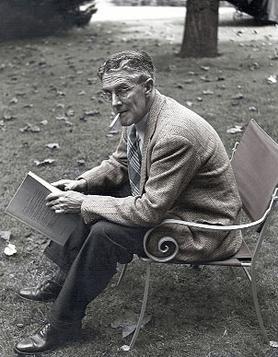
Henry DeWolf "Harry" Smyth was an American physicist, diplomat, and bureaucrat. He played a number of key roles in the early development of nuclear energy, as a participant in the Manhattan Project, a member of the U.S. Atomic Energy Commission (AEC), and U.S. ambassador to the International Atomic Energy Agency (IAEA).
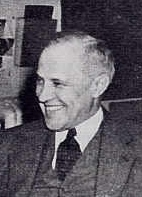
Karl Taylor Compton was a prominent American physicist and president of the Massachusetts Institute of Technology (MIT) from 1930 to 1948.
Theodore Kenneth (T.K.) Lawless was an American dermatologist, medical researcher, and philanthropist. He was a skin specialist, and is known for work related to leprosy and syphilis.
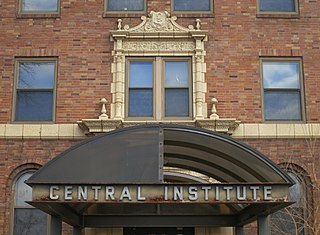
Central Institute for the Deaf (CID) is a school for the deaf that teaches students using listening and spoken language, also known as the auditory-oral approach. The school is located in St. Louis, Missouri. CID is affiliated with Washington University in St. Louis.
Kenneth Merle Brinkhous (1908–2000) was a professor and chairperson in the Department of Pathology and Laboratory Medicine at the University of North Carolina at Chapel Hill. Brinkhous remained active in research until shortly before his death.
The Illinois Eye & Ear Infirmary (IEEI) is a center of ophthalmology and otolaryngology research and clinical practice.

Fritz Joachim Weyl was born in Zurich, Switzerland. Today Weyl is regarded as a renowned mathematician. During his lifetime he taught at many universities, significantly contributed to research in mathematics and came to be very well respected. One of the universities he taught at was the George Washington University, in Washington, D.C.
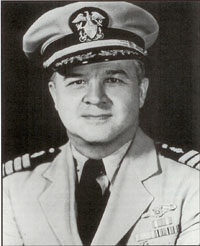
Captain Charles Wesley Shilling was an American physician who was known as a leader in the field of undersea and hyperbaric medicine, research, and education. Shilling was widely recognized as an expert on deep sea diving, naval medicine, radiation biology, and submarine capabilities. In 1939, he was Senior Medical Officer in the rescue of the submarine U.S.S. Squalus.
Hearing Health Foundation (HHF) is a 501(c)(3) nonprofit organization. In 2011, the Deafness Research Foundation changed its name to Hearing Health Foundation.
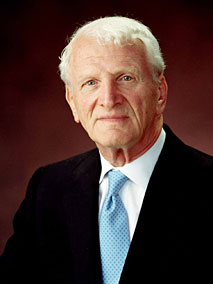
Eugene Nicholas Myers is an oncologist and otolaryngologist and a leader in the treatment of head and neck cancer. He has served on the faculty of the University of Pittsburgh School of Medicine since 1972, when he became chairman of the Department of Otolaryngology. He is the author or co-author of leading texts in the field of head and neck cancer, and has chaired and served on the boards of the preeminent societies and associations in the field.
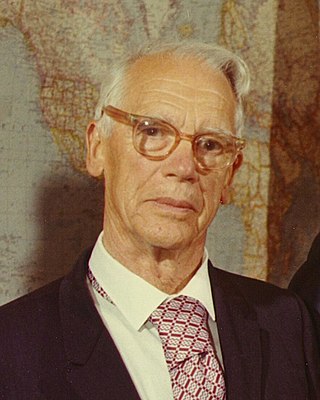
Shields Warren was an American pathologist. He was among the first to study the pathology of radioactive fallout. Warren influenced and mentored Eleanor Josephine Macdonald, epidemiologist and cancer researcher.
David McKenzie Rioch was a psychiatric research scientist and neuroanatomist, known as a pioneer in brain research and for leading the interdisciplinary neuropsychiatry division at the Walter Reed Army Institute of Research (1951–1970), a program that contributed to the formation of the then-nascent field of neuroscience.
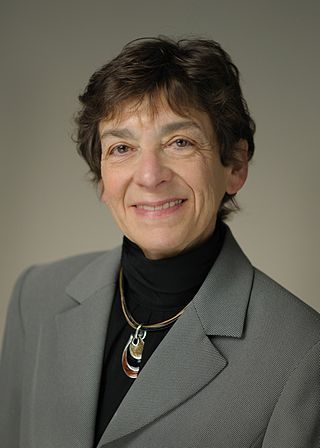
Martha J. Somerman is an internationally known researcher and educator in medicine, focusing on defining the key regulators controlling development, maintenance, and regeneration of dental, oral, and craniofacial tissues. She was 'Chief Lab of Laboratory of Oral Connective Tissue Biology (LOCTB) at the National Institutes of Health's National Institute of Arthritis and Musculoskeletal and Skin Diseases (NIAMS) and Director of the National Institute of Dental and Craniofacial Research (NIDCR), a part of the National Institutes of Health (NIH) located in Bethesda, Maryland.
Thomas J. Balkany, M.D. is an American ear surgeon, otolaryngologist and neurotologist specializing in cochlear implantation. He is the Hotchkiss Endowment Distinguished Professor and Chairman Emeritus in the Department of Otolaryngology and Professor of Neurological Surgery and Pediatrics at the University of Miami's Leonard M. Miller School of Medicine. Additionally, he is a fellow of the American Academy of Otolaryngology–Head and Neck Surgery, the American College of Surgeons and the American Academy of Pediatrics.
Lawrence William Jones was an American academic and professor emeritus in the physics department at the University of Michigan. His field of interest was high energy particle physics.
John K. Niparko was an American surgeon, scientist and otolaryngologist who specialized in cochlear implants. Niparko edited and wrote several chapters of Cochlear Implants: Principles & Practices.
George Packer Berry was an American physician and medical educator. He served as dean of Harvard Medical School for sixteen years and is credited with greatly modernizing that institution's medical education program.
Susan Ellen Shore is an American audiologist who is the Merle Lawrence Collegiate Professor of Otolaryngology at the University of Michigan. She was elected Fellow of the American Association for the Advancement of Science in 2021.









